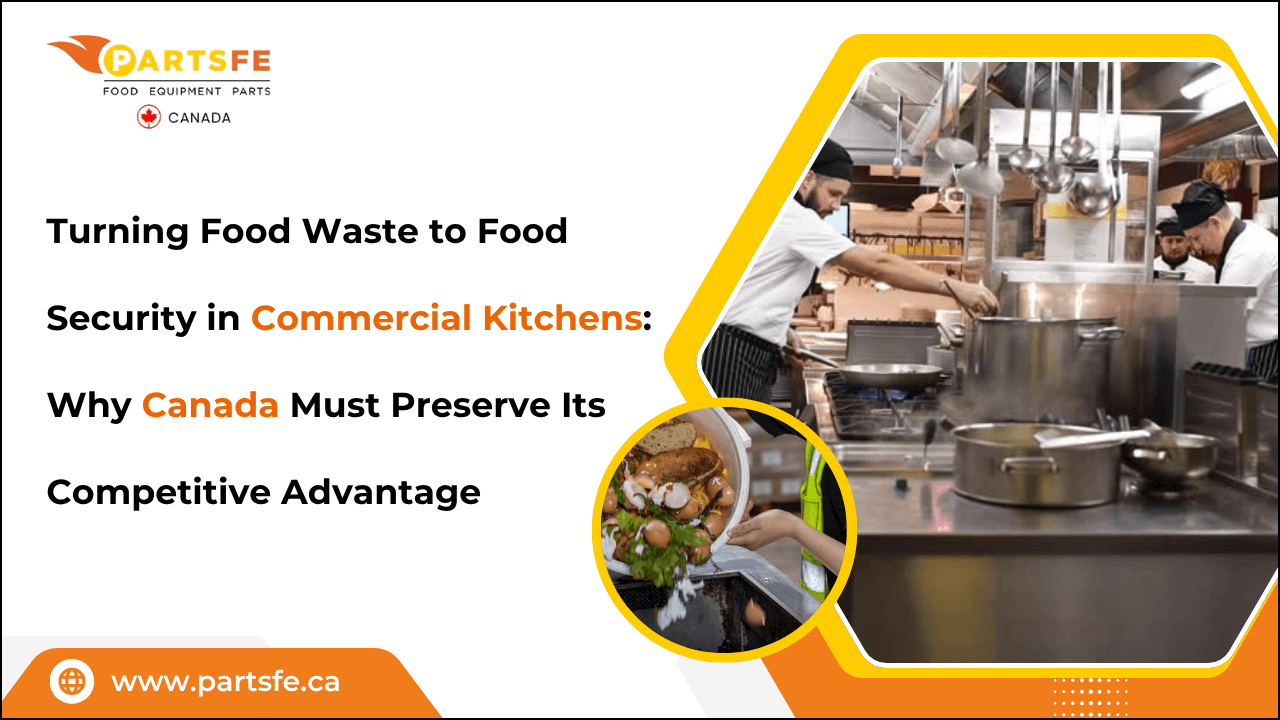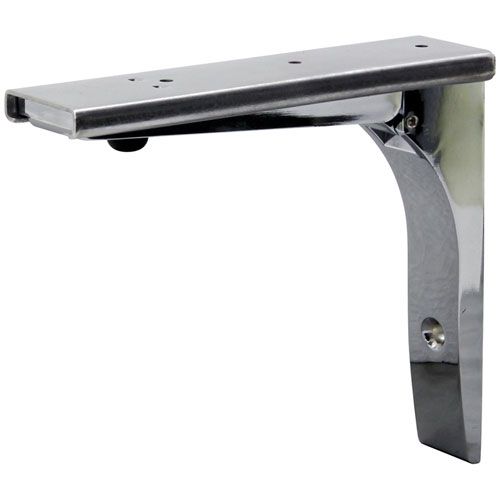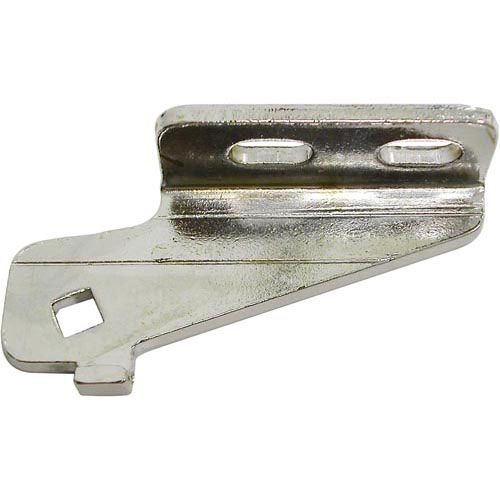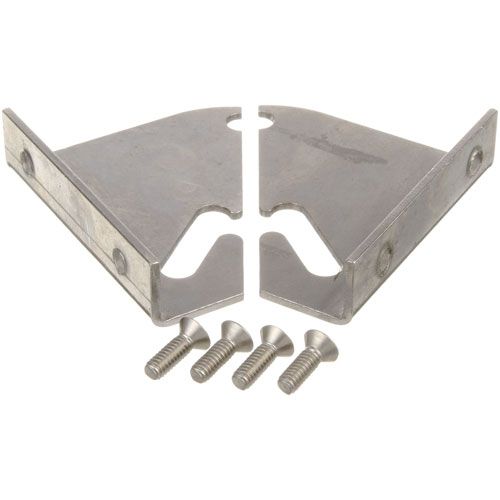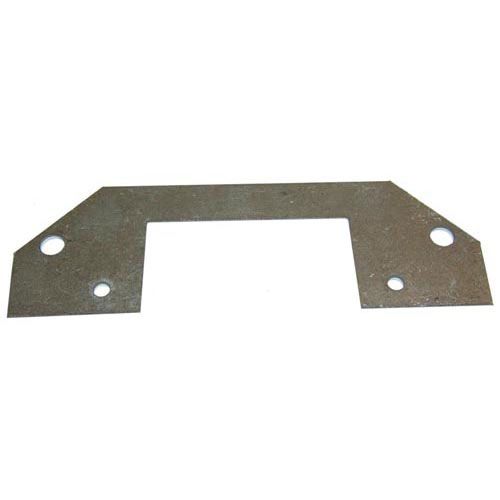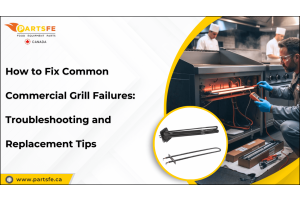Turning Food Waste to Food Security in Commercial Kitchens: Why Canada Must Preserve Its Competitive Advantage
Commercial kitchens are at the heart of Canada’s food industry, preparing meals for thousands each day and setting culinary trends. Yet they also generate a significant amount of food waste through over-prepped meals, spoilage, excess inventory, trimming losses, and plate waste. Every item discarded represents lost revenue, wasted resources, environmental strain, and missed opportunities to improve food security.
With rising food costs, climate change, waste regulations, and increasing consumer demand for sustainability, Canadian commercial kitchens are uniquely positioned to lead a shift. By reducing food waste, they can lower operational costs, improve profit margins, strengthen brand reputation, support local communities, and help build a more resilient national food system.
8 Effective Strategies to Minimize Food Waste and Boost Food Security in Commercial Kitchens
Reducing food waste is essential for saving money, conserving resources, and protecting the environment. Implementing effective strategies can help households and businesses minimize waste and make the most of their food.
1. Audit & Monitor Waste: Knowing Where Losses Are Happening
Before you can fix waste, you need to measure it.
-
Track what portions are being discarded, trim waste (vegetable peels, meat/fish off‑cuts), spoilage in storage, plate returns, overproduction, etc.
-
Implement simple weighing or volume tracking systems; inventory management with “first in, first out” (FIFO); software or even spreadsheets to log waste.
Example: The Winnow Vision system has been introduced in some Canadian commercial kitchens (hospitals, staff restaurants, etc.). It uses cameras/image recognition at waste bins to identify what’s being thrown out, and then gives analytics to target specific waste‑reduction efforts. It has helped cut food costs by ~3‑8%.
2. Smarter Purchasing, Storage & Inventory Management
Often, big losses occur before cooking even begins.
-
Use demand forecasting tools (historical sales data, seasonality, event scheduling) to avoid over‑ordering perishable items.
-
Store food properly: ensure refrigeration units are functioning properly; monitor and maintain optimal temperature and humidity levels; use suitable containers; label and rotate stock.
-
Train staff in handling. For example, meat or produce that arrives nearly spoiled or is damaged should be renegotiated or diverted.
Example: From Unilever FoodSolutions Canada: trimming waste minimized by re‑using vegetable trimmings, onion peels, carrot ends (e.g., in stocks), and adjusting mise en place according to bookings and forecasts.
3. Menu Design, Cross‑Utilization & Flexible Prep
Design the menu and food preparation process to utilize ingredients in multiple ways and minimize small leftover quantities.
-
Use common ingredients across dishes (e.g., a sauce, herbs, proteins used in different plates) so leftover portions have chances to be used elsewhere.
-
Offer daily specials or a “leftover” dish of the day, made from surplus ingredients.
-
Scale prep to demand – prepare small batches or adjust prep close to service time.
Example: Perch, a restaurant in Ottawa, Ontario, exemplifies these principles by incorporating byproducts and trimmings from meal preparation into their menu. For instance, they create a consommé from kitchen scraps, demonstrating a commitment to minimizing waste and promoting sustainability in their operations
4. Equip Smartly: Technology and Infrastructure Investments
Investments upfront can pay off in reduced waste and cost savings.
-
Use energy‑efficient appliances (refrigeration, holding, cooking) to help preserve freshness and reduce spoilage. Canada’s Natural Resources programs note that choosing ENERGY STAR appliances for fridges, freezers, ovens, etc, delivers savings and reduces waste due to equipment failure or inefficiency.
-
Consider cooking equipment with precise controls (temperature, humidity, timers) to avoid overcooking, mishandling, and improper batches.
-
Where possible, install systems for capturing surplus food or food scraps (e.g. compost or anaerobic digestion) or partner with local organics processors.
5. Surplus Handling & Food Rescue Partnerships
Not all food losses are unavoidable; surplus edible food can be rescued.
Kitchen surplus (unused portions, unsold prepared foods) can be donated to food rescue organizations, provided food safety standards are met.
Collaborate with local charities or networks; set up a routine so that surplus is collected rather than thrown.
Use apps or platforms that connect commercial kitchens with food rescue.
Example: The Commercial Food Waste Diversion Program (Circular Innovation Council) works with businesses and institutions (including restaurants, hotels, etc.) to facilitate edible food rescue and organic waste diversion.
Also, the Food Waste Reduction Challenge by Impact Canada supports business models that rescue surplus edible food, improve the cold chain, etc.
6. Waste‑Segregation & Composting
Some food waste is unavoidable (peels, bones, etc.). Proper disposal matters both for the environment and cost.
-
Segregate compostable food scraps, recyclable packaging, and non‑recyclable waste.
-
If local composting services exist, use them; otherwise, invest in on‑site composting (if scale allows) or partner with a composting facility.
-
This reduces landfill tipping fees, methane emissions and can generate soil amendments for gardens or local farms.
7. Staff Training, Culture & Accountability
Even the best systems fail if people don’t buy in or don’t know what to do.
-
Train all kitchen staff (prep, cooking, dishwashing, supervision) about food waste causes, proper storage, correct portioning, and safe donation practices.
-
Set accountability: designate someone (chef, kitchen manager) as waste‑champion who monitors, reviews data, and proposes improvements.
-
Reward or recognize staff who help reduce waste (e.g. kitchen with the highest reduction, lowest spoilage, etc.).
8. Policy, Regulation & Economic Incentives
To make changes sustainable, kitchens benefit from supportive external policies.
-
Local or provincial regulations may offer tax incentives for the donation of surplus food and liability protections (Good Samaritan laws) to encourage donation.
-
Grants or subsidies for installing composting equipment, improved refrigeration, or technology like inventory systems.
-
Regulations or targets for food waste (especially large generators) can push kitchens to monitor and reduce waste.
Real‑Time Commercial Kitchen Case Studies in Canada
Pendray Inn & Tea House – Victoria, BC
-
Pendray Inn & Tea House achieved The PLEDGE on Food Waste certification with a 93% score, showcasing strong sustainability practices. They reduced overproduction, improved portion control, and optimized food storage to minimize waste in their kitchen operations.
UNBC Dining Services – Prince George, BC
-
UNBC Dining Services reduced food waste by 44% using Winnow Vision technology, capturing images of discarded food to analyze waste patterns. This data-driven approach allowed staff to adjust prep, improve efficiency, and enhance sustainability on campus.
Understanding Food Waste Sources and Their Impact on Food Security in Canadian Kitchens
Commercial kitchens in Canada generate food waste from over-prep, spoilage, and plate leftovers. Understanding these sources is key to improving food security and reducing resource loss.
Food Waste Breakdown in Commercial Kitchens
Understanding the main sources of food waste in commercial kitchens helps identify opportunities for improvement and cost savings.
Over-prepped Meals - 25%
Excess food is prepared beyond demand, often due to inaccurate portioning or overproduction.
Spoilage - 20%
Food that goes bad due to improper storage, poor refrigeration, or mishandling during transit or preparation.
Excess Inventory - 15%
Ingredients that go unused and expire before they can be utilized, often due to over-ordering or poor stock management.
Trimming Losses - 20%
Waste generated from peeling, trimming, and cutting produce or meat products, often discarded without being repurposed.
Plate Waste - 20%
Leftovers from customers' plates that are uneaten and discarded after serving.
Roadmap for Implementing Food Waste Reduction and Enhancing Food Security
Here’s how a commercial kitchen can plan its path from food waste to greater food security and competitiveness:
-
Initial Assessment: Do a waste audit for 1‑2 weeks, measure waste types, quantities, and costs.
-
Set Goals: e.g., reduce overall food waste by 20% in 12 months; reduce spoilage of perishables; increase donation of edible surplus.
-
Identify “Low‑hanging Fruit”:
-
Adjust prep based on demand.
-
Use trim and peels constructively.
-
Improve cold storage maintenance.
-
Implement Tools & Processes:
-
Inventory management system.
-
Waste tracking/monitoring tool (like Winnow or manual equivalents).
-
Staff training and awareness programs.
-
Build Partnerships: Food rescue, composting services, local farms for scraps, etc.
-
Review & Adjust: Use data to see what’s working, adjust menu items, reorder frequency, portion sizes, etc.
-
Communicate & Brand: Many consumers care about sustainability. Highlight efforts in marketing, menus, certifications this can improve brand value and even attract customers or contracts (especially in institutional procurement).
Read this article on restaurant equipment trends to watch for in the foodservice industry to stay updated on the latest innovations and how they can enhance kitchen efficiency and customer experience.
How Reducing Food Waste Strengthens Canada’s Food Security and Competitive Advantage
For commercial kitchens in Canada:
-
Cost Savings: Food is often one of the biggest expenses. Reducing waste directly reduces food purchasing, waste disposal, energy losses, etc.
-
Resilience: With global supply disruptions or inflation, being efficient helps kitchens absorb shocks.
-
Consumer Demand & Reputation: More diners, institutions (schools, hospitals, etc.), and corporate clients care about sustainability. Kitchens that can show low waste, ethical sourcing, and rescue practices will gain a competitive edge.
-
Regulatory Alignment: Provincial/federal policy is increasingly pushing sustainability, waste reduction, and GHG emissions. Kitchens ahead of the curve will be better placed.
-
Food Security and Social License: Commercial kitchens that rescue surplus food contribute to food security (especially in vulnerable communities). This builds goodwill and societal value.
Check out this article on How to overcome the most common restaurant issues & solutions: Expert insights to explore effective strategies for tackling operational challenges and enhancing restaurant performance.
For Canadian commercial kitchens, reducing food waste isn’t just a “nice to have”; it’s a strategic imperative. By auditing waste, improving purchasing and storage, designing flexible menus, investing in technology, partnering for surplus rescue, and nurturing a culture of accountability, kitchens can lower costs, enhance reputation, support communities, and help preserve Canada’s competitive advantage in food.
As the pressures of climate change, rising costs, and consumer expectations grow, those kitchens that lead in waste reduction will not only survive, they will thrive. With smart policies, supportive infrastructure, and shared commitment, Canadian kitchens can turn the loss of food into the gain of food security.
Are you looking to upgrade your kitchen equipment? PartsFe CA offers replacement parts for blenders, slicers, ice machines, and more from top brands like Vitamix, Berkel, and Turbo Air to enhance your commercial kitchen while supporting food services.
References:
https://foodsecurecanada.org/
https://www.fas.usda.gov/
https://policyoptions.irpp.org/
FAQs
Why is upcycling food waste becoming a major trend in commercial kitchens?
Upcycling food waste into new dishes or products is a growing trend that helps reduce waste while creating unique menu items. This trend not only cuts costs but also attracts sustainability-conscious customers.
How can food waste reduction help Canadian restaurants tackle rising food costs?
Reducing waste helps offset rising ingredient costs, keeping profit margins intact. Effective waste management also prevents the need for expensive emergency food orders.
Why should restaurants invest in waste-to-energy technologies for food waste?
Waste-to-energy technologies convert food scraps into renewable energy or fertilizers, cutting landfill waste. This reduces operational costs and supports sustainable energy initiatives.
How can surplus food from Canadian restaurants directly support food-insecure communities?
By partnering with local food banks and rescue organizations, leftover meals and unsold ingredients can be safely redirected to those in need. This approach transforms potential waste into a critical source of nutrition.

